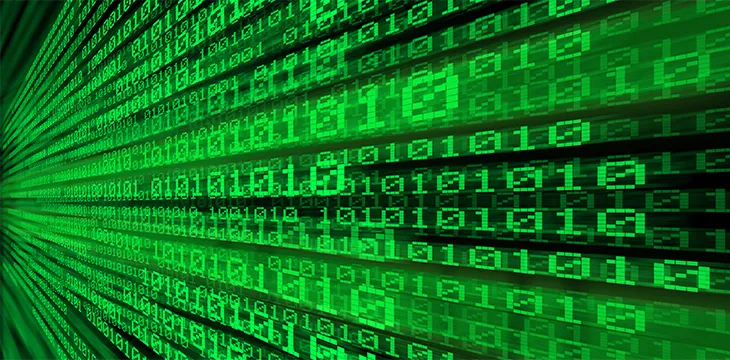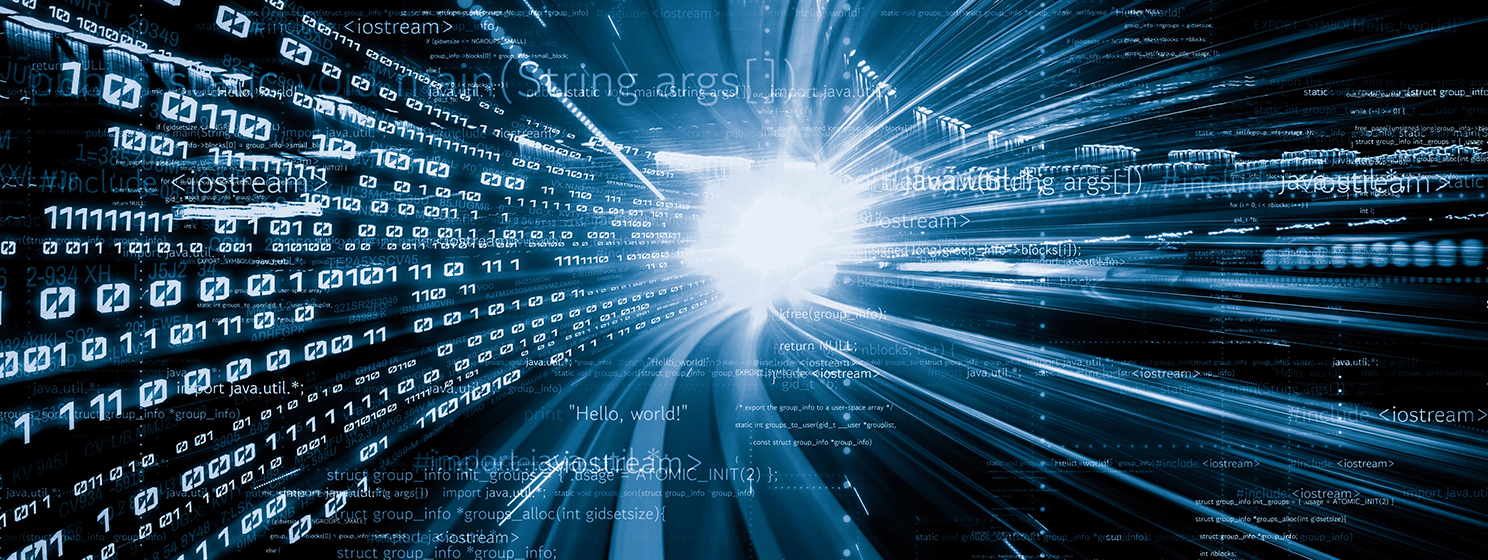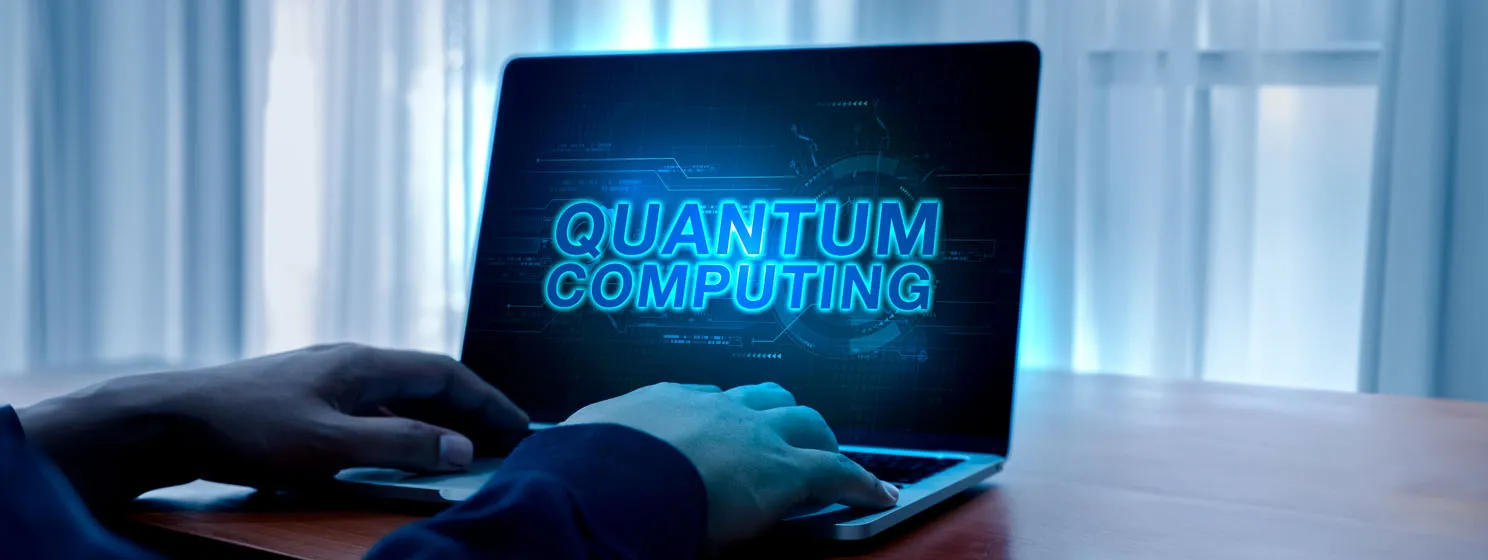|
Getting your Trinity Audio player ready...
|
The American Institute of Certified Public Accountants (AICPA) Board proposed a new standard on audit evidence which would incorporate new technologies, adding data analytics and blockchain.
AICPA, an organization of certified public accountants based in the U.S., serves the role of setting auditing standards for various types of companies and government organizations (federal, state, and local governments).
According to the report released by accounting trade publication the Proposed Statement on Audit Standards (SAS), Audit Evidence will add to the already existing SAS No. 122 Statements of Auditing Standards. It will be used to amend several of AU-C sections, as outlined in the AICPA Professional Standards.
Emerging audit techniques, including blockchain, artificial intelligence (AI), and robotic process automation (RPA), are accompanied by challenges and benefits, which are likely to affect audit processes in the near future.
Initially, the old standards provided by the board used necessary information for audit evidence. The new proposal will play a significant role in evaluating audit data. In addition, the new standards will help auditors to determine whether the information they receive is sufficient, relevant, complete, reliable, and adequate for audit evidence.
The advancement in technology is calling for a new set of standards. Auditors will be able to determine the accuracy and relevance of provided information from sources that were not initially available in the past. The presence of automated tools and techniques will help in evaluating audit evidence despite the difference in information sources. Robert Dohrer, the chief auditor of AICPA, in a statement he gave a week prior to the proposal said:
“Given the rapid evolution of audit evidence sources that are available today, it is critically important that auditors have a robust, durable set of attributes that allows them to make consistent assessment about the sufficiency and appropriateness of audit evidence obtained. This proposed SAS modernizes our standards to recognize the sources of information and the technologies that were not available to auditors when the standard was last updated.”
To help accommodate the arising changes as proposed by SAS, the term, “automated tools and techniques” will now refer to both emerging audit techniques and emerging technologies.

 08-02-2025
08-02-2025 





